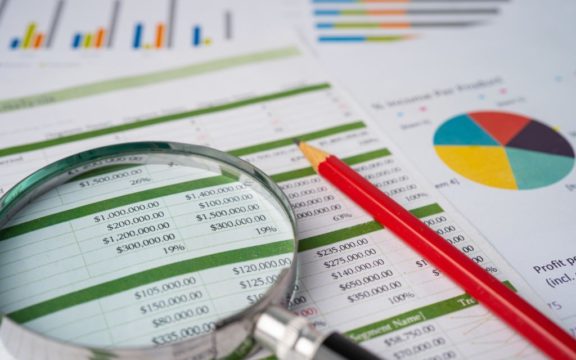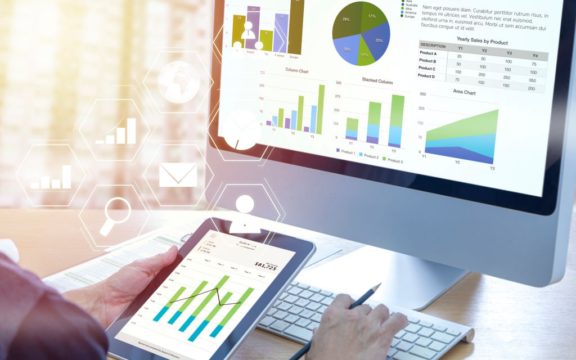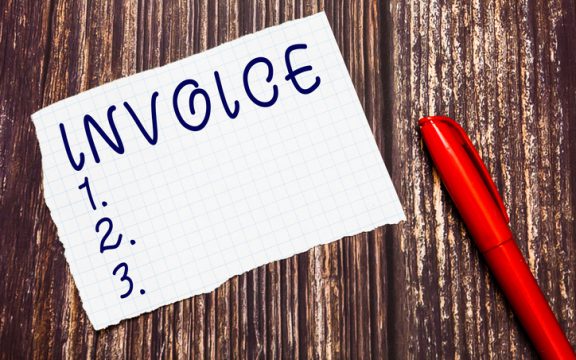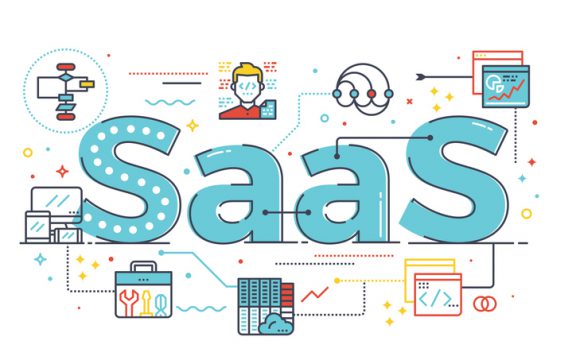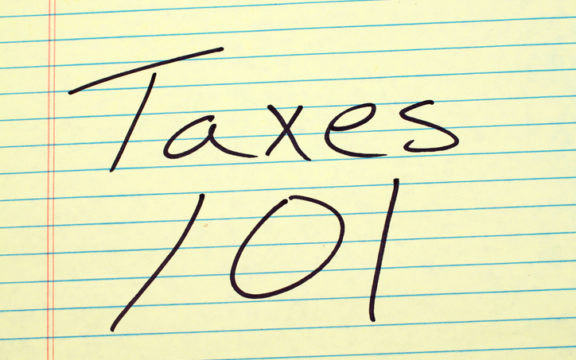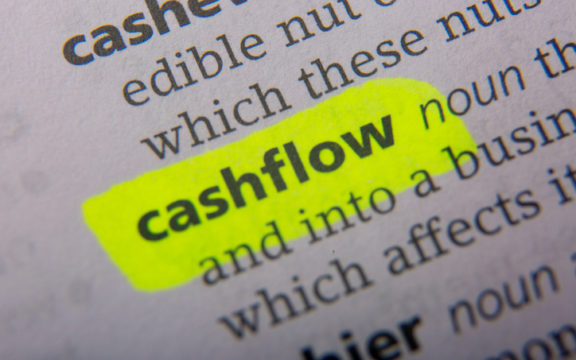Have you ever felt like your accountant is speaking Martian? Do you get even more confused after each conversation with them? Well, that means you need to work on your knowledge of accounting terminology.
Read on to learn about the 14 most basic accounting terms that you will see in your balance sheet and income statement, including their usual abbreviations and definitions.
1. Accounts Receivable (AR)
Accounts receivable encompasses all of the revenue (sales) generated by your company but has not yet been paid for by customers. This account is recorded as an asset that will likely convert to cash in the short term.
2. Accounts Payable (AP)
Accounts payable encompasses all of the sustained expenses but are unpaid by your company. This account is recorded as a liability as it is a debt owed by the company.
3. Balance Sheet (BS)
The balance sheet is a financial statement that describes your company’s total assets, liabilities, and equity. As its name suggests, a balance sheet follows the equation [assets = liabilities + equity].
4. Asset (A)
Anything owned by your company that holds monetary value. These are ranked based on liquidity, from cash being the most liquid to the land being the least liquid.
5. Equity (E)
Equity indicates the value left over after liabilities have been subtracted from assets, which is the portion of your company that is owned by the investors and owners.
6. Liability (L)
Liability includes all the debts that your company has yet to pay, such as accounts payable, payroll, and loans.
7. Accrued Expense
Accrued expense refers to an incurred expense that hasn’t been paid.
8. Book Value (BV)
When an asset depreciates, it loses value. The book value denotes the original value of an asset without any accumulated depreciation.
9. Inventory
Inventory refers to the assets that your company has bought for sale but remain unsold. When these items are sold to customers, the inventory account will decrease.
10. Income Statement or Profit and Loss (IS or P&L)
The income statement, or profit and loss, is the financial statement that shows the revenues, expenses, and profits over a given time period. Revenue earned is displayed at first, then the expenses are subtracted from it, finally, the result denotes the net income.
11. Depreciation (Dep)
Depreciation describes an asset’s loss of value over time. Usually, an asset should have substantial value in order to depreciate. Assets that depreciate include automobiles and equipment. Depreciation is shown on the income statement as an expense and is often classified as a “non-cash expense” due to its lack of direct impact on your company’s cash position.
12. Cost of Goods Sold (COGS)
The cost of goods sold includes the expenses needed to produce a product or service. However, it doesn’t include the costs that are required for running your business.
13. Gross Margin (GM)
Gross Margin is the percentage resulting from dividing gross profit by revenue for the same period. It indicates the profitability of a company after subtracting the COGS.
14. Gross Profit (GP)
Gross profit represents a company’s profitability in dollars without considering overhead expenses. It is the result of subtracting the COGS from revenue for the same period.
In a nutshell
This is the list of the 14 most common accounting terms you will encounter when running a business. To make accounting easier, try our cloud-based accounting software that includes bookkeeping and invoice features.
We provide the safest and the most flexible cloud accounting software, which strives to suit your accounting needs. For more information, feel free to get in touch with us.






